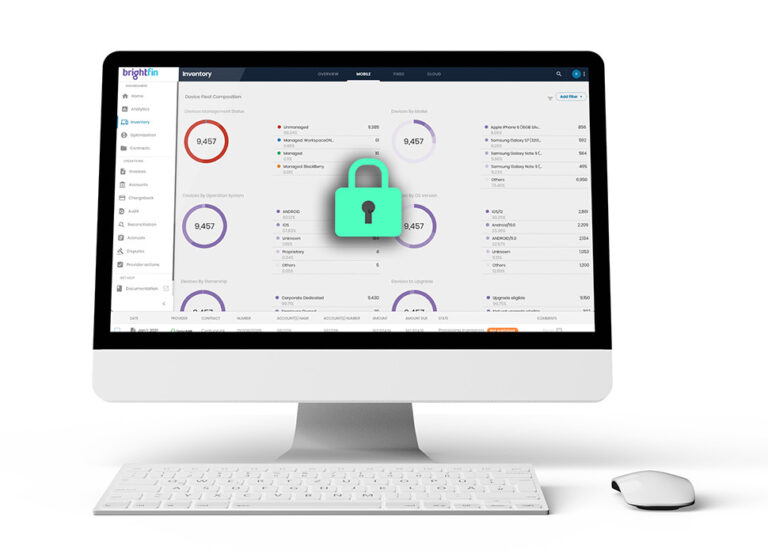As companies deploy larger and more complex mobile environments, IT admins and professionals need to have a solid enterprise mobility practice in place. Mobile devices provide employees with a plethora of new, powerful ways to connect with customers. However, organizations need to be prepared to handle the security, productivity, and risks that mobile devices introduce.
If your organization doesn’t have an enterprise mobility practice — or it does have one, but you feel it could use support — then you risk falling behind the ever-changing technology landscape. Below, we cover the ways your organization can improve its enterprise mobility practice, including essential definitions and concerns to consider.
Understanding the evolution of UEM:

The need and challenges:
According to a study by Kensington:
- A laptop is stolen every 53 seconds
- 70 million smartphones are lost every year
- 52% of devices are stolen from the workplace
- The average cost of a data breach is $3.9 Million
Tech Funnel says, “Mobile Device Management (MDM) is no longer a luxury for big enterprises, rather it is a necessity or a mandatory item for large organizations and SMBs alike.” But implementing a proper security practice comes with some challenges:
- Security solutions can be difficult to set up and often lack in support.
- Deployment of company-specific applications and containerizing corporate data is critical.
- Management of endpoints is often an afterthought.
Solutions to look for:
Whether you have an environment of 100 devices or 10,000, the right solution will unify your end user experience, automate deployment and security, and provide peace of mind that your data is secure. A dedicated UEM team capable of fully managing your environment regardless of vendor, provides:
- Ease of onboarding through device requirements, policies, and applications.
- Provisioning and enforcement of corporate security policies.
- Improved visibility through a single source of truth for inventory, usage, security, and potential points of failure.
- Preparation for the future as IT asset lifecycle management evolves.



